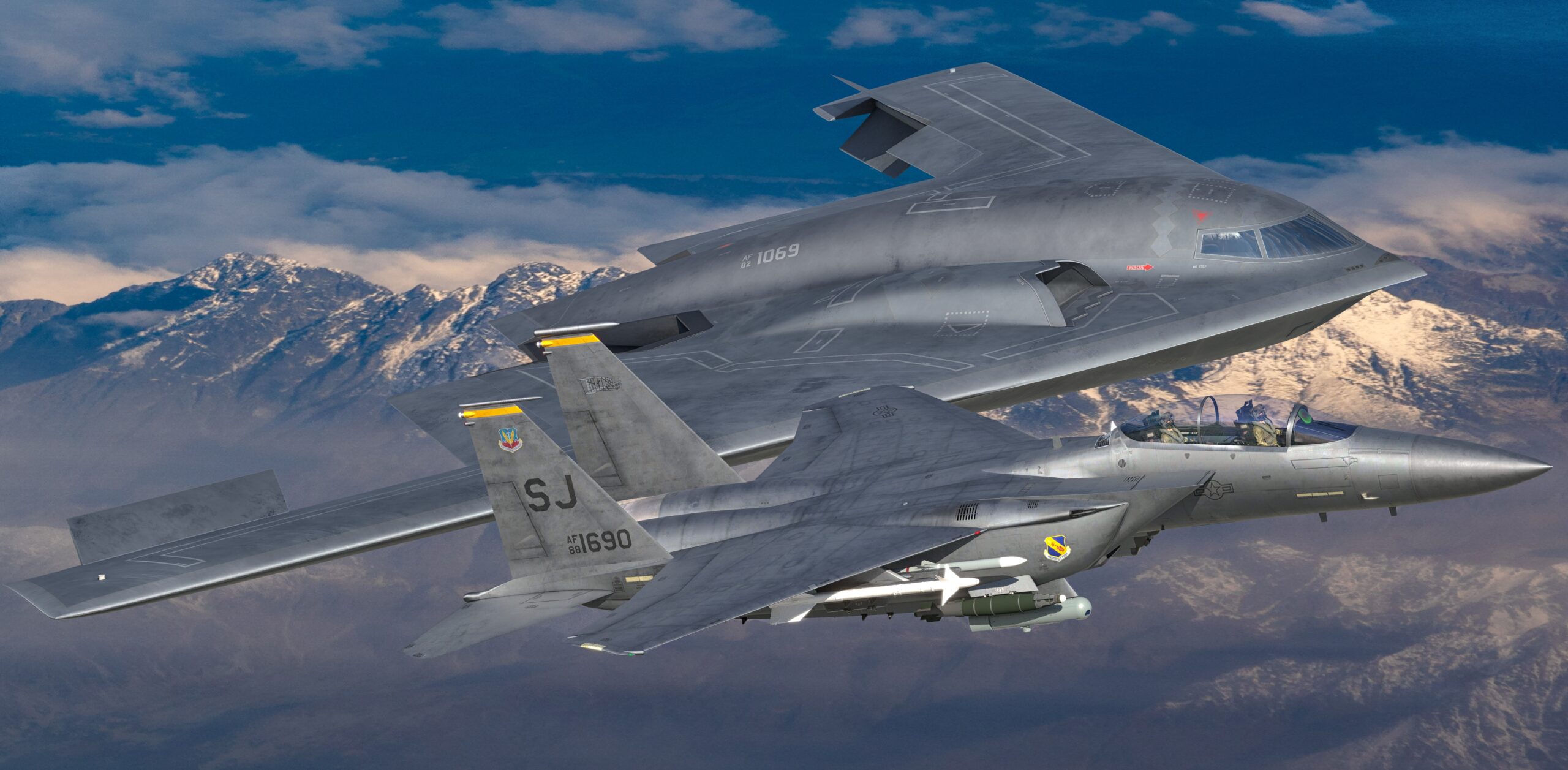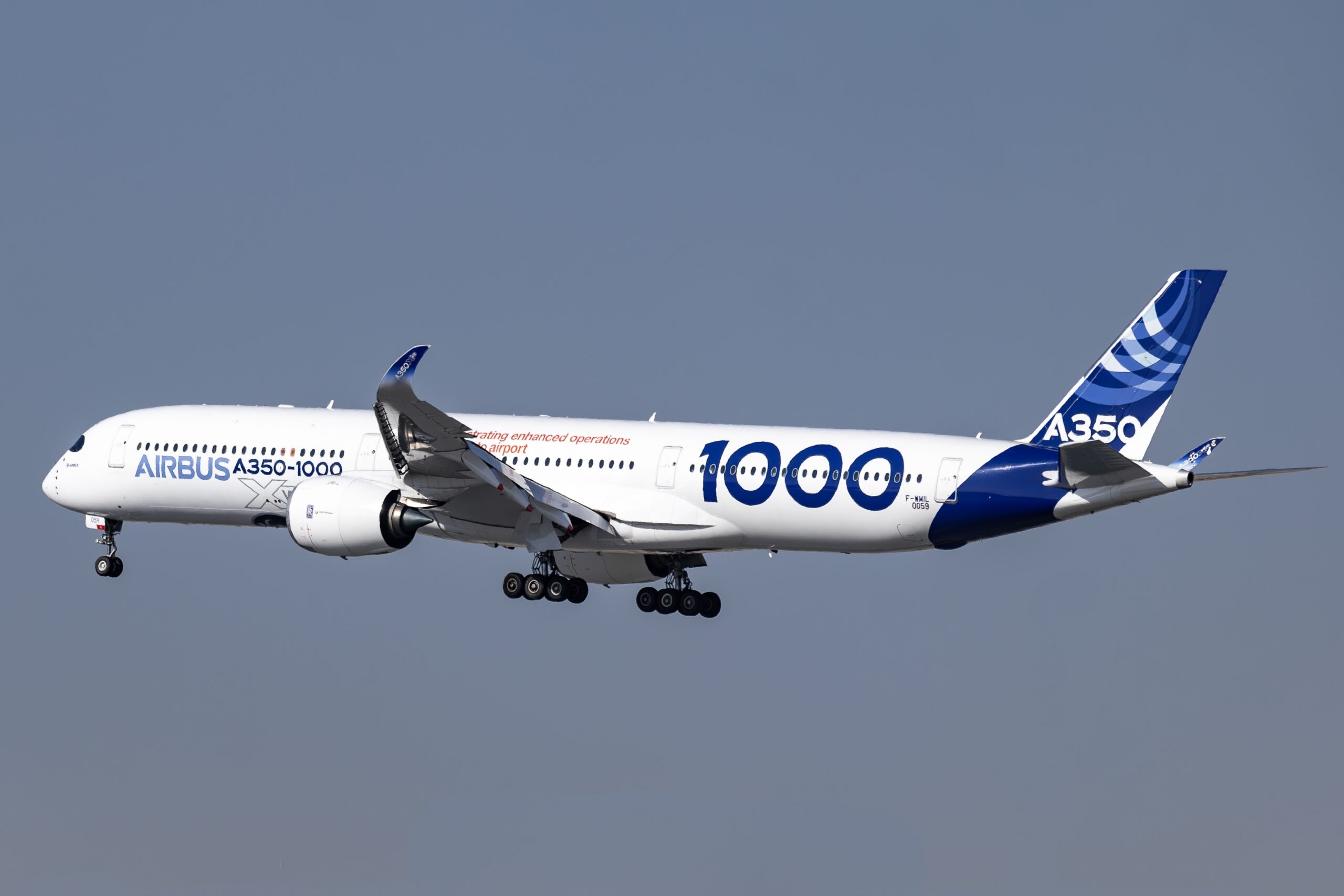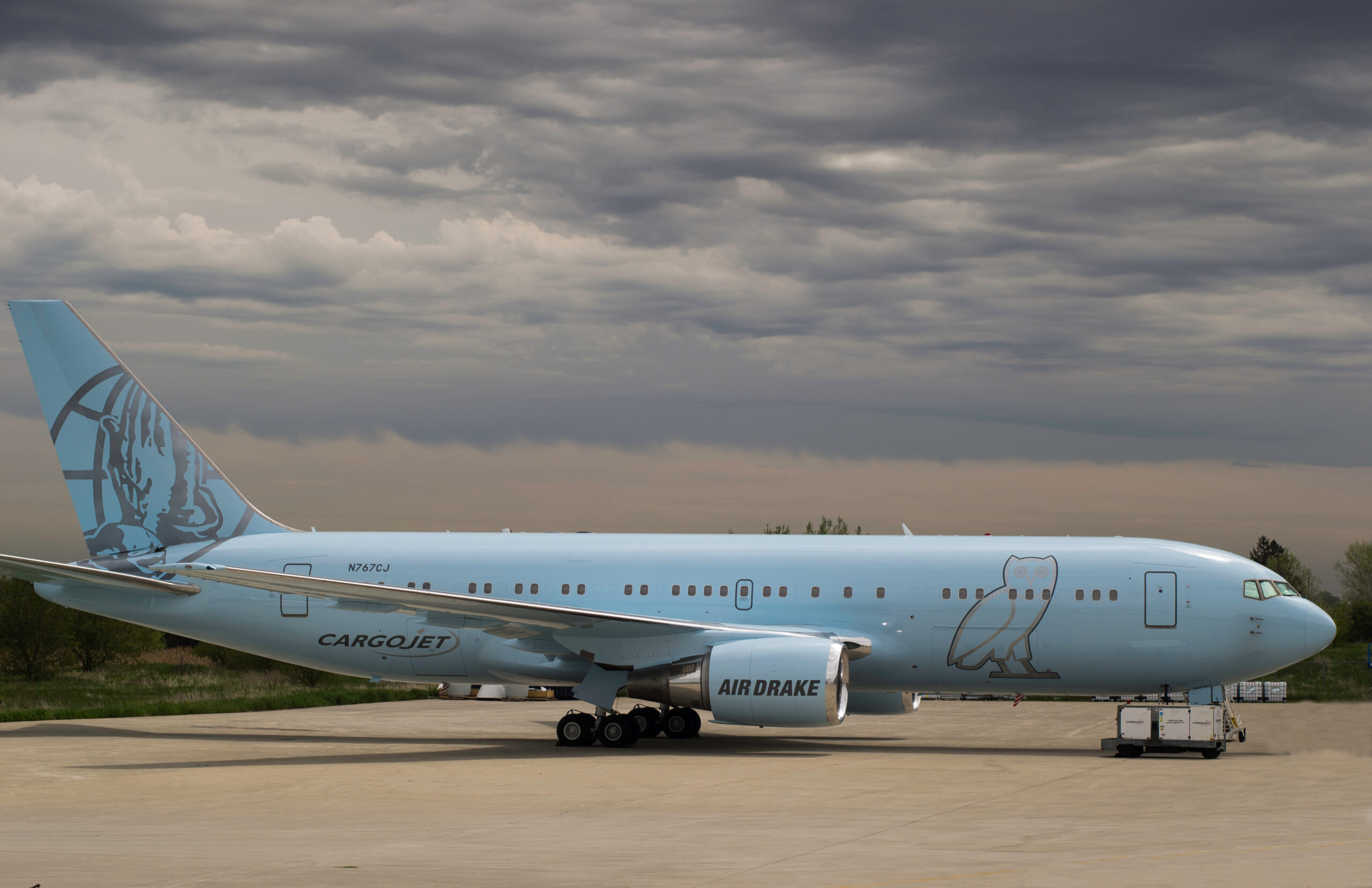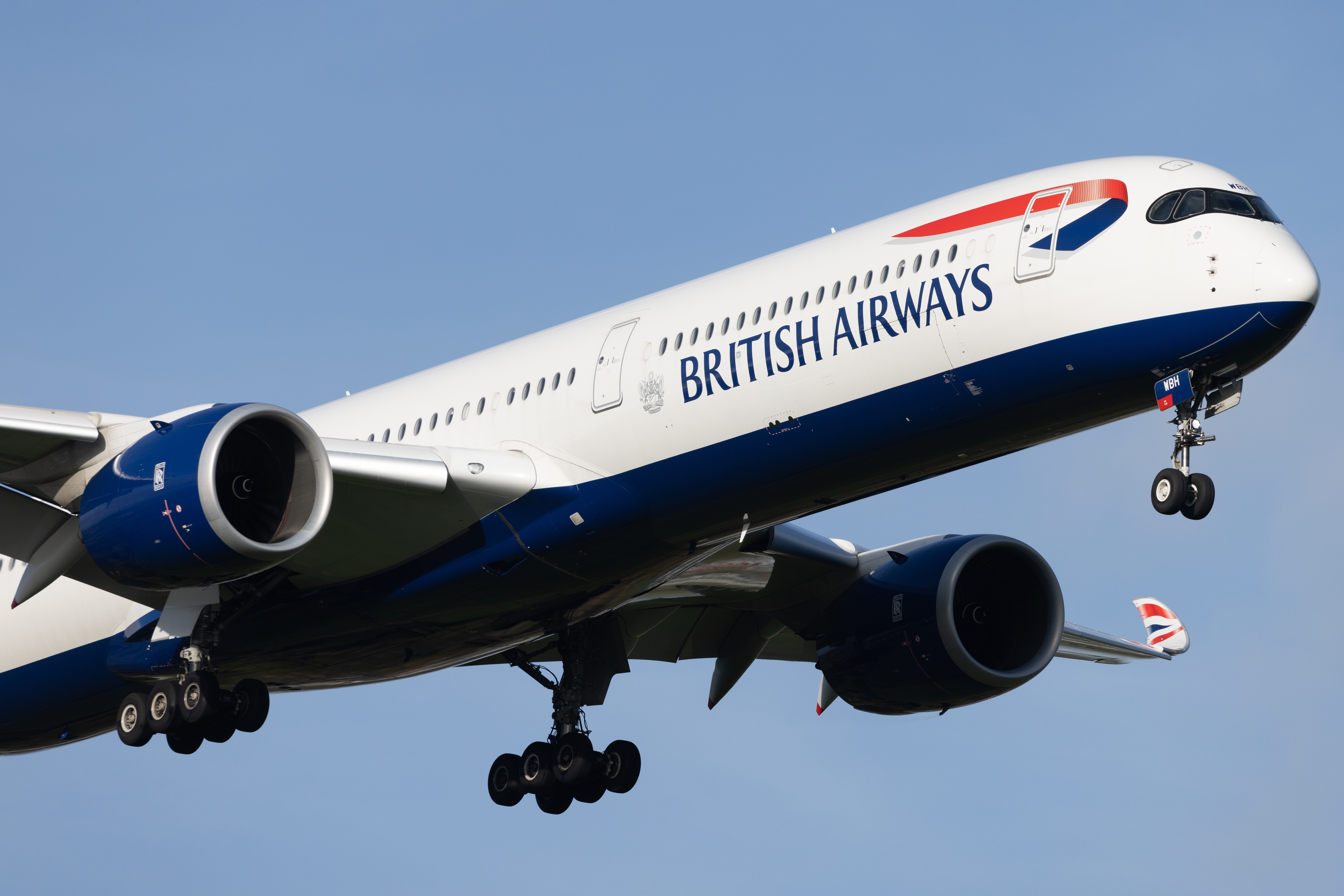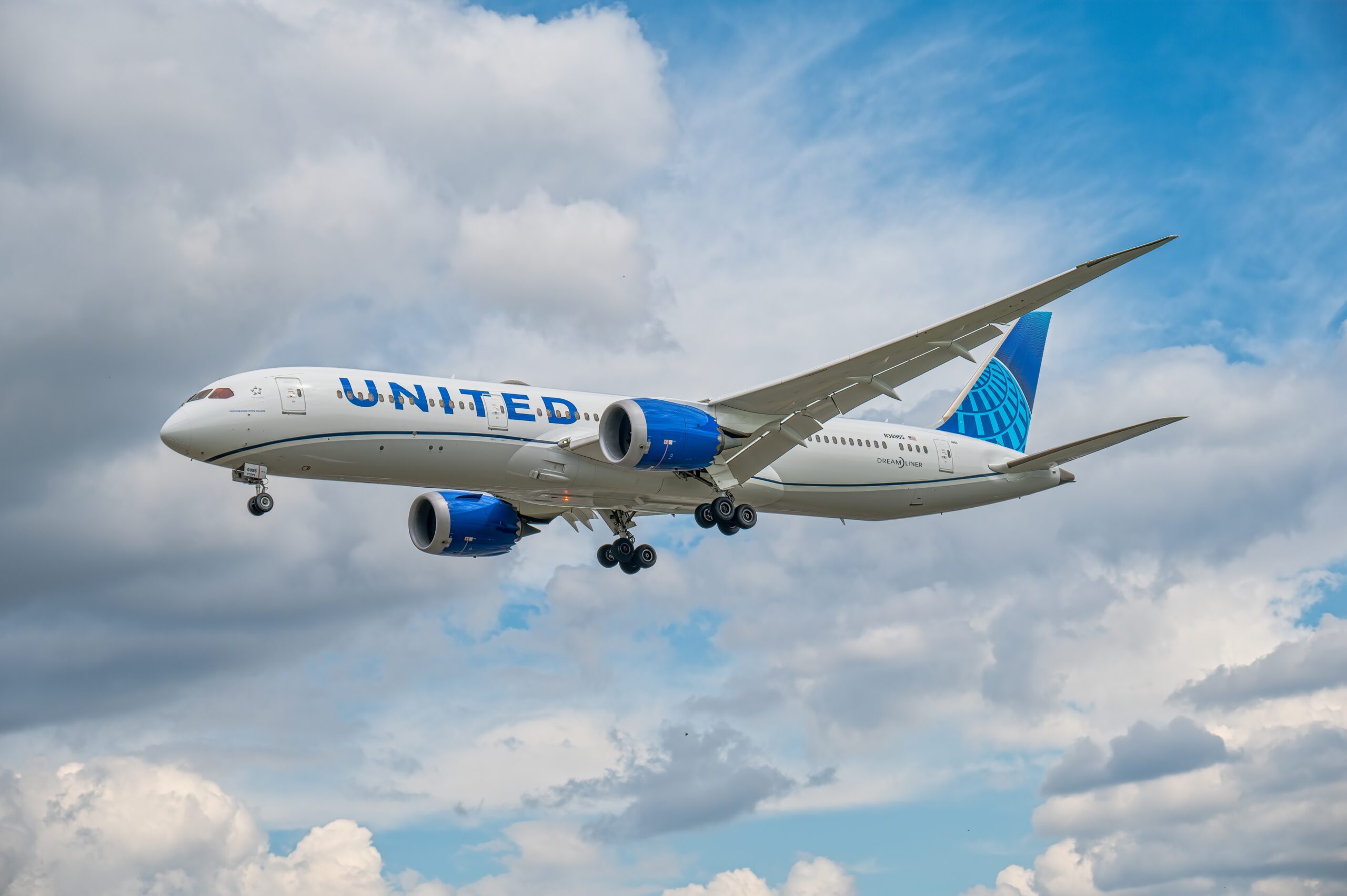Bowman Field: The Historic Gem of American Aviation
Bowman Field, located in Louisville, Kentucky, is one of the oldest operating commercial airfields in the United States. Established in 1920, it has played a significant role in the history of American aviation. This airfield has witnessed the evolution of aviation from its inception to the modern era.
The Early Days of Bowman Field
Bowman Field was named after Abram H. Bowman, a prominent local businessman and aviation enthusiast. Recognizing the potential of aviation, he provided the land for the establishment of the airfield. In its earliest days, the field was primarily used for barnstorming and air shows, attracting thousands of spectators. It quickly became a hub for aviation activities in the region.
In the 1920s, Bowman Field became a mail stop for airmail routes, connecting Louisville to other major cities. This development marked the beginning of its role in commercial aviation. The field’s location, with its flat terrain and clear approach paths, made it ideal for aviation operations.
World War II and Military Use
During World War II, Bowman Field saw significant changes. The U.S. Army Air Forces took over the field and transformed it into a regional training center. It became home to the 61st Troop Carrier Group and other units. Pilots and crew members trained at Bowman Field before being deployed overseas. The airfield’s facilities were expanded, and new runways were constructed to accommodate the increased activity.
Bowman Field’s military role during the war had a lasting impact. The improvements made during this time laid the foundation for its post-war use as a major regional airport. Many of the structures built during the war, including hangars and administrative buildings, are still in use today, contributing to the field’s historical significance.
Post-War Commercial Aviation
After World War II, Bowman Field returned to its role as a commercial airport. The post-war era brought rapid growth in commercial aviation, and Bowman Field was at the forefront of this expansion. Airlines such as Eastern Air Lines and American Airlines established routes through the airfield, connecting Louisville to destinations across the United States.
The 1950s and 1960s saw further developments at Bowman Field. The construction of new terminals, hangars, and other facilities helped accommodate the increasing number of flights and passengers. The airfield became a vital transportation hub for the region, serving both passenger and cargo needs.
The UNESCO World Heritage Proposal
In 2010, Bowman Field was proposed for inclusion on the UNESCO World Heritage List. This proposal recognized its historical significance and its continuous operation since the early days of aviation. If accepted, Bowman Field would join other iconic sites like the Pyramids of Giza and the Great Wall of China on this prestigious list. The proposal highlighted the airfield’s contribution to the history of aviation and its role in shaping the development of commercial air travel.
The UNESCO proposal also emphasized the preservation of Bowman Field’s unique architectural heritage. Many of the original buildings and structures from the 1920s and 1940s remain intact, providing a tangible link to the past. Preservation efforts have ensured that these historical elements remain a part of the field’s landscape, offering a glimpse into the evolution of aviation infrastructure.
Modern-Day Operations
Today, Bowman Field operates as a general aviation airport, serving private pilots, corporate flights, and flight training schools. It still retains its historical charm, with many vintage aircraft and buildings preserved. The Louisville Regional Airport Authority manages Bowman Field, ensuring its continued operation and maintenance.
The airport’s two runways, 6-24 and 15-33, can accommodate a wide range of aircraft, from small single-engine planes to larger corporate jets. Modern navigational aids and facilities ensure the safety and efficiency of flight operations. The field also hosts various aviation events, welcoming enthusiasts and the general public to explore its rich history.
Historic Preservation Efforts
Preservation of Bowman Field’s historic structures is a priority for the Louisville community. The Bowman Field Administration Building, built in the 1930s, is a notable example of Art Deco architecture. It houses a museum that showcases the airfield’s history and contributions to aviation. Other historic buildings, including original hangars and barracks from World War II, have been restored and repurposed for modern use.
These preservation efforts are supported by local organizations and aviation enthusiasts who recognize the importance of maintaining Bowman Field’s heritage. The airfield’s inclusion in the National Register of Historic Places further emphasizes its significance. Visitors to Bowman Field can experience a unique blend of history and modern aviation in a well-preserved setting.
Community and Educational Engagement
Bowman Field plays an active role in the local community. It offers educational programs and tours for schools and organizations, providing hands-on experiences in aviation. The field collaborates with local colleges and technical schools, offering internships and training opportunities for students pursuing careers in aviation.
The annual Bowman Field Aviation Heritage Festival is a major event that draws visitors from across the region. The festival features vintage aircraft displays, flight demonstrations, and educational exhibits. It celebrates the rich history of Bowman Field and promotes interest in aviation among young people.
Economic Impact
As an active general aviation airport, Bowman Field contributes significantly to the local economy. It provides jobs for pilots, maintenance crews, administrative staff, and support personnel. The airfield also attracts business travelers and tourists, boosting the hospitality and service sectors.
Corporate aviation is a significant part of Bowman Field’s operations. Many local businesses and executives rely on the airfield for convenient and efficient travel. The airport’s facilities and services support these operations, making it an important asset for regional economic development.
Environmental and Safety Considerations
Environmental sustainability is a key consideration in Bowman Field’s operations. The airport has implemented measures to reduce its environmental footprint, including energy-efficient lighting, waste reduction programs, and landscaping with native plants. These efforts demonstrate a commitment to preserving the natural environment while maintaining operational efficiency.
Safety is another critical aspect of Bowman Field’s operations. The airfield adheres to strict safety protocols and regulations to ensure the well-being of pilots, passengers, and staff. Regular inspections and maintenance of runways, taxiways, and navigation aids help maintain a safe operational environment. Training programs for pilots and ground staff further enhance safety awareness and preparedness.
The Future of Bowman Field
The future of Bowman Field looks promising, with continued investment in infrastructure and services. Plans are underway for further modernization of facilities, including upgrades to terminals and hangars. These improvements will enhance the airfield’s capacity to serve the growing needs of general aviation and corporate clients.
Community engagement and educational initiatives will remain a priority, fostering a new generation of aviation enthusiasts and professionals. Preservation of historic structures and artifacts will continue, ensuring that Bowman Field’s rich heritage is maintained for future generations.
Bowman Field stands as a testament to the enduring legacy of aviation in America. Its historical significance, combined with its modern-day operations, creates a unique and valuable asset for Louisville and the broader aviation community. As it looks to the future, Bowman Field will continue to celebrate its past while embracing the advancements of modern aviation.

